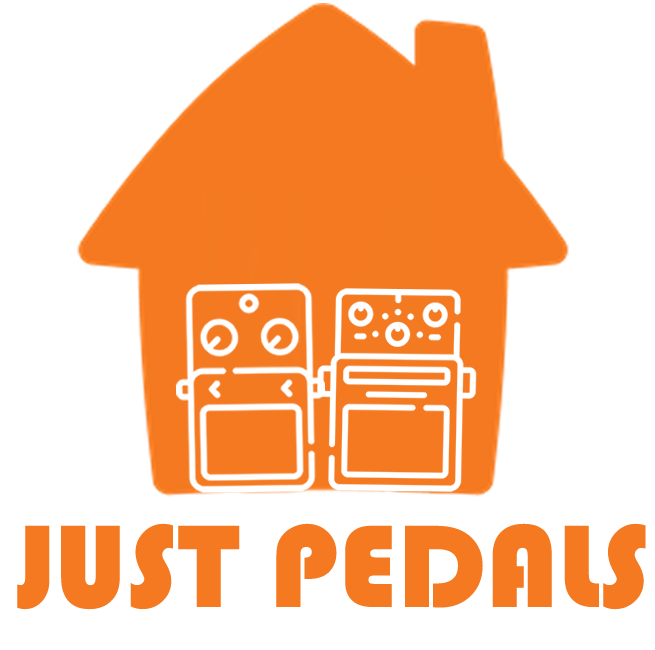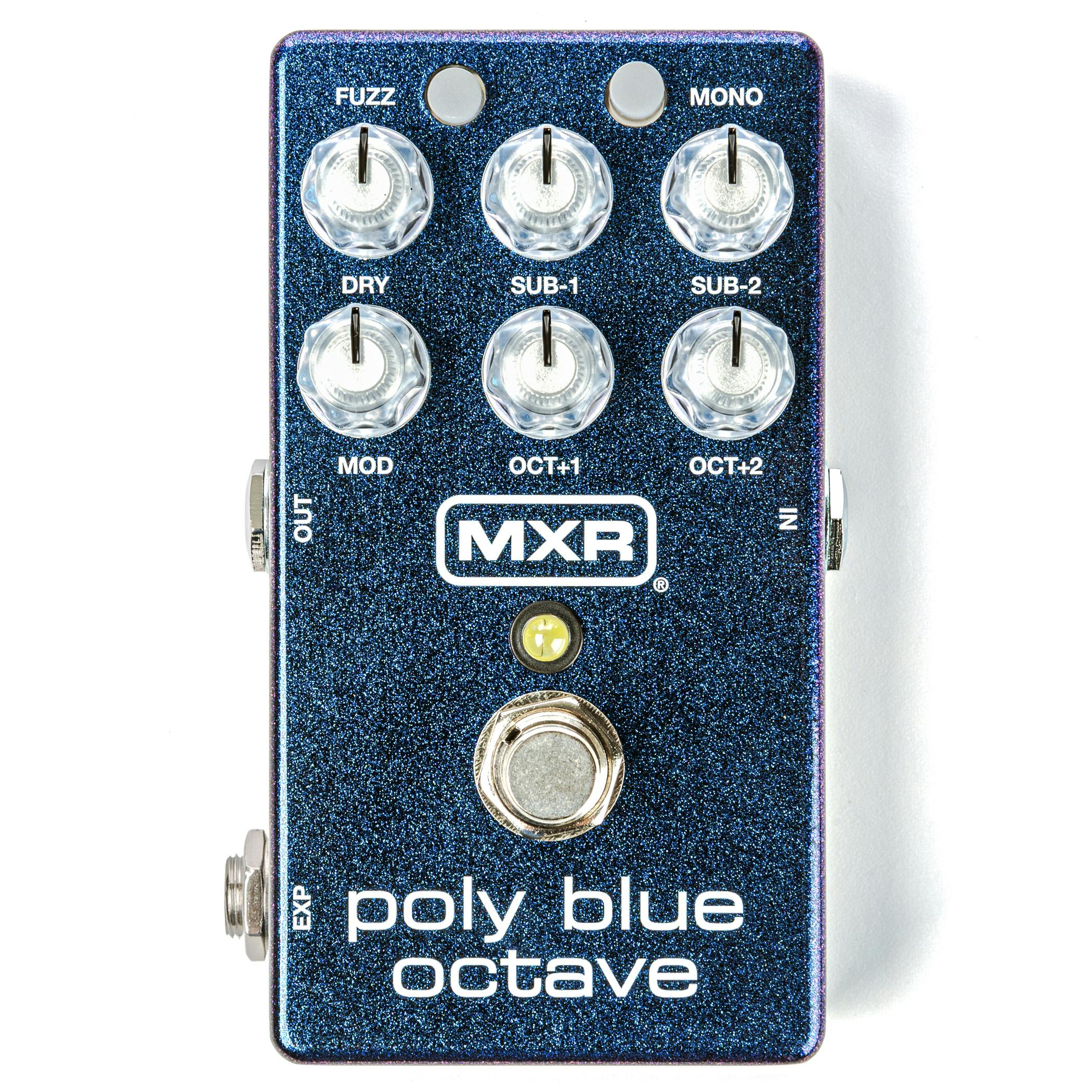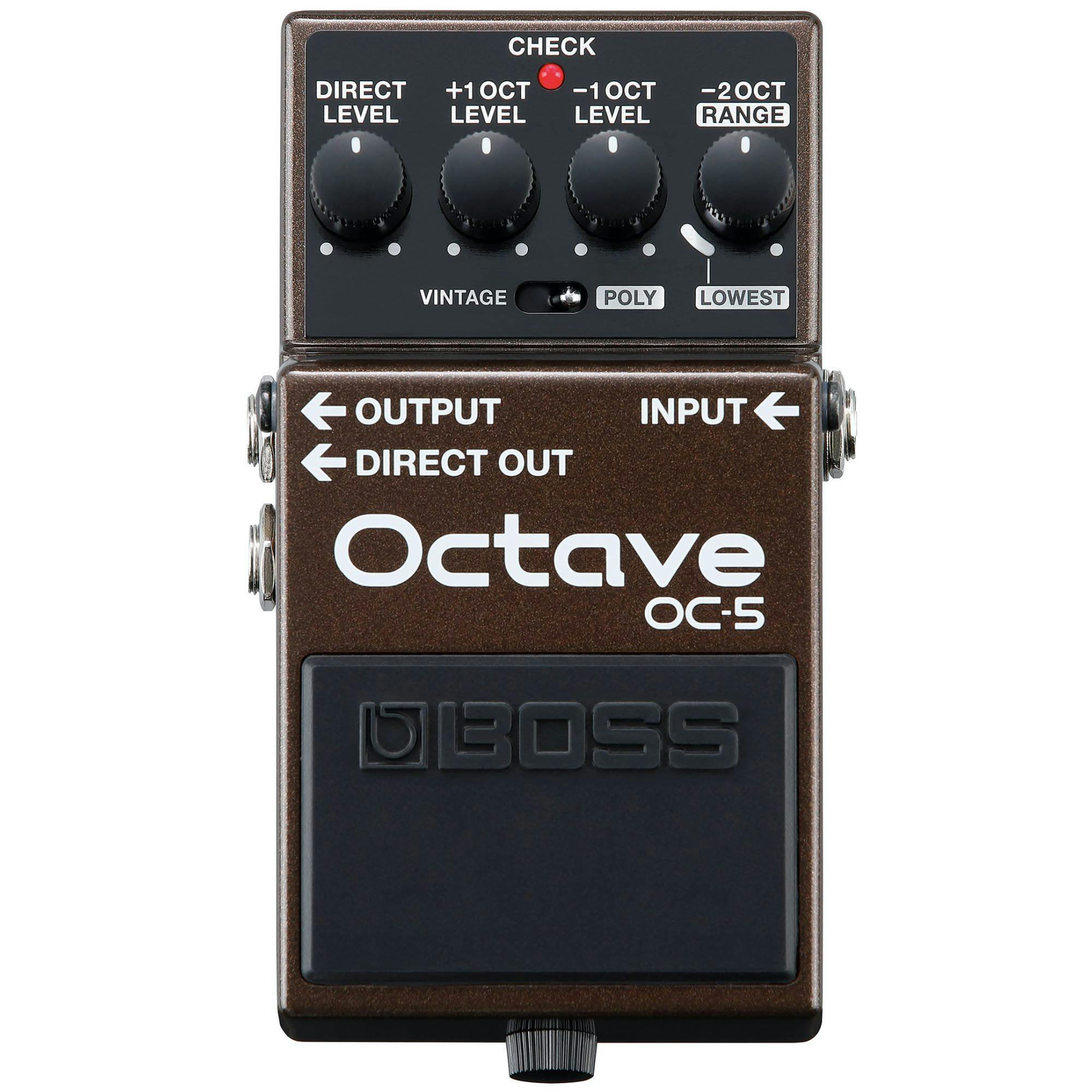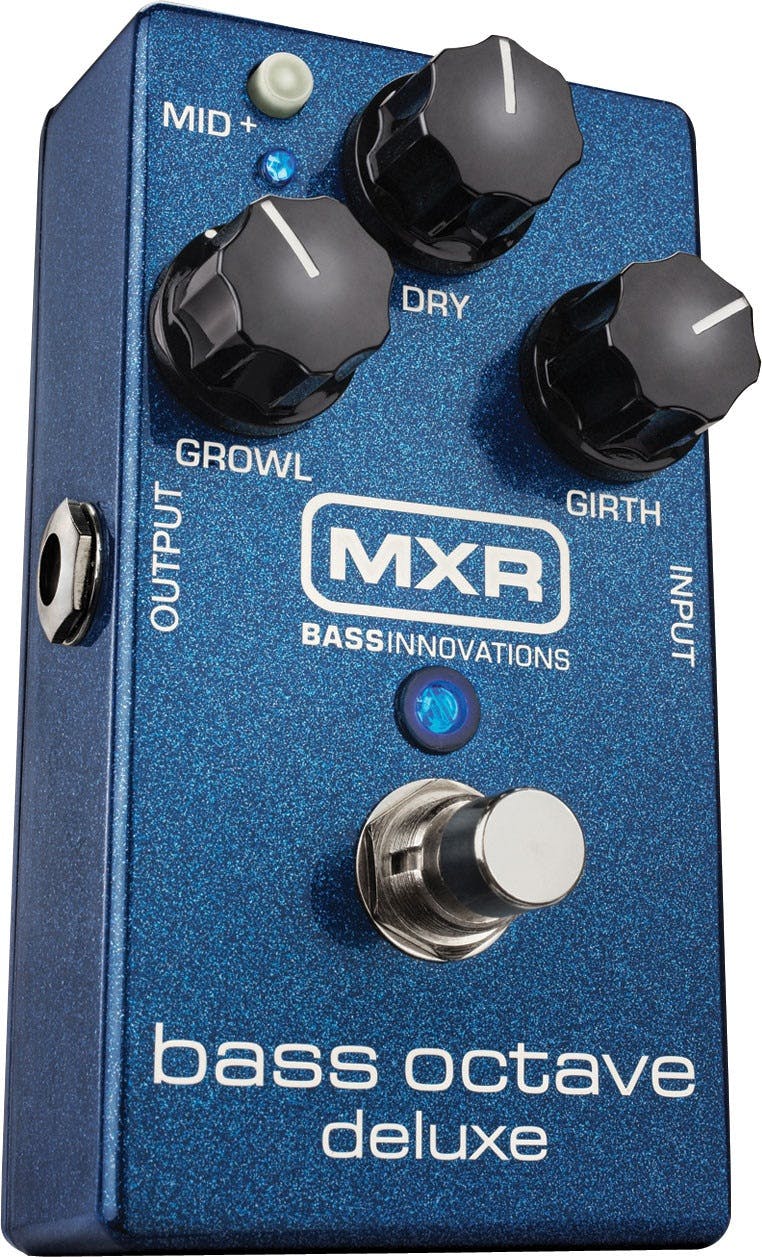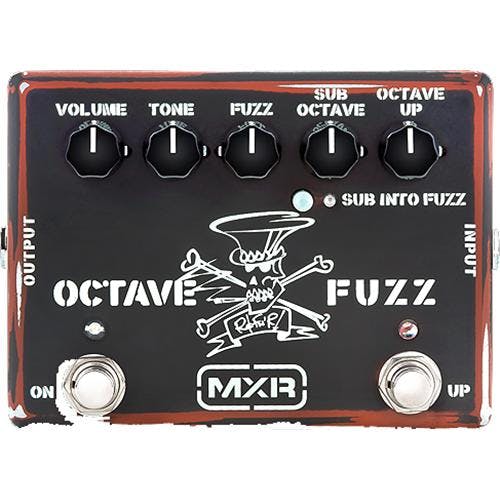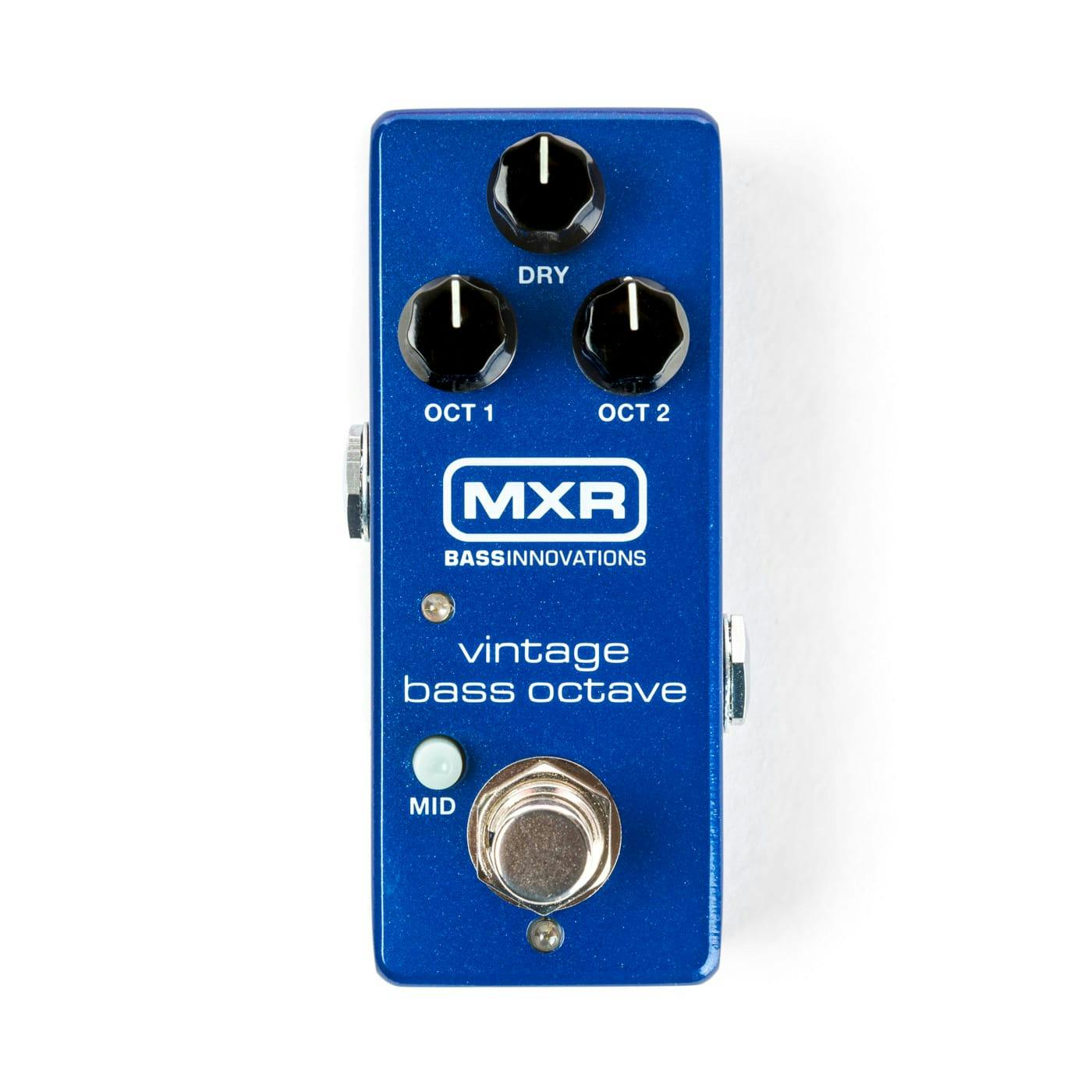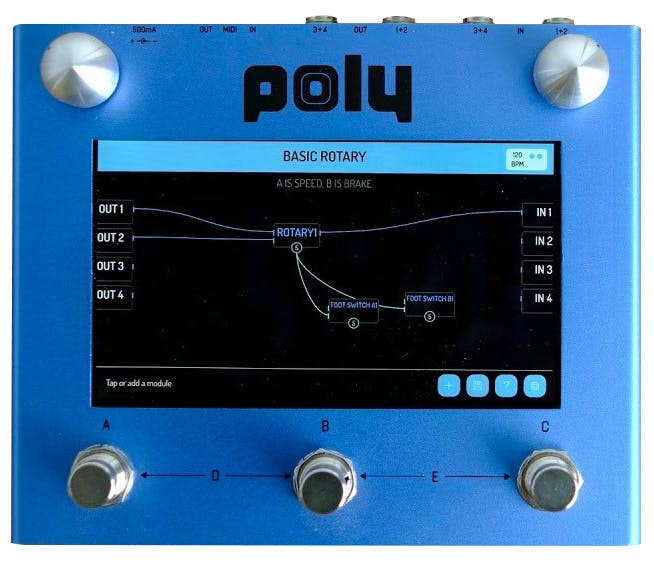Just Octave Guitar Effect Pedal Board Videos – The Only Octave Pedal You Need?? (MXR Poly Blue Octave)
Octave Video – The Only Octave Pedal You Need?? (MXR Poly Blue Octave)
BOSS DS-1 Distortion Pedal, Classic Tones for All Types of Music, The benchmark in Guitar distortion,Orange
£74.00 £65.00
Legendary distortion used by guitarists everywhere since 1978. BOSS’s first distortion pedal defined a bold new sound, delivering hard-edged attack and smooth sustain that’s been a staple of players for generations. The classic DS-1 tone is behind th… read more
TC Helicon HARMONY SINGER 2 Vocal Effects Pedal Guitar-Controlled Harmony, Studio Reverb & Adaptive Tone for Live Performances
£120.03
Instant Pro Vocal Harmonies: Add 1-2 realistic harmony voices controlled by your guitar—perfect for solo artists or bands needing rich vocal layers without extra singers. Studio-Grade Reverb for Live Gigs: Three professionally tuned reverb styles (ro… read more
JOYO Vintage Phase Effect Pedal Beautifully Re-Creates Classic Phaser Sounds of 70’s for Electric Guitar Effect – True Bypass (JF-06)
£27.99 £23.79
JOYO Vintage Phase guitar effect pedal, beautifully re-creates the classic phaser sounds of the 70's. Easy to use, with just the single "speed" control knob-you can dial up that in-and-out of phase tone in no time! True Bypass provide transparent ton… read more
Sunydog ABY Line Selector ABY Channel Switch AB Switch Mini Guitar Effect Pedal True Bypass Guitar Bass Pedal AB Box
£20.99
The ABY Line Selector is applicable for the instrument, amplifier, speaker(be sure to use speaker cable) and pedalboard. The design of mode-choosing switch, which enable A, B channels transfer from respectively to simultaneously. In both the two mode… read more
DemonFX KC-DRIVE – Overdrive Pedal based on the Klon Centaur
£69.58
Designed and built on the basis of the legendary "Klon Centaur" The same circuitry as the original 9VDC, negative tips (not included) True bypass circuit
BOSS BD-2W Waza Craft Blues Driver, The Ultimate BOSS TOne Experience
£173.00 £149.99
Passionately designed by the master engineers at BOSS in Japan, the Waza Craft BD-2W delivers a premium stomp experience that fans of customized pedal tone will love. Crafted with an ear for highly refined sound, the BD-2W takes the classic Blues Dri… read more
